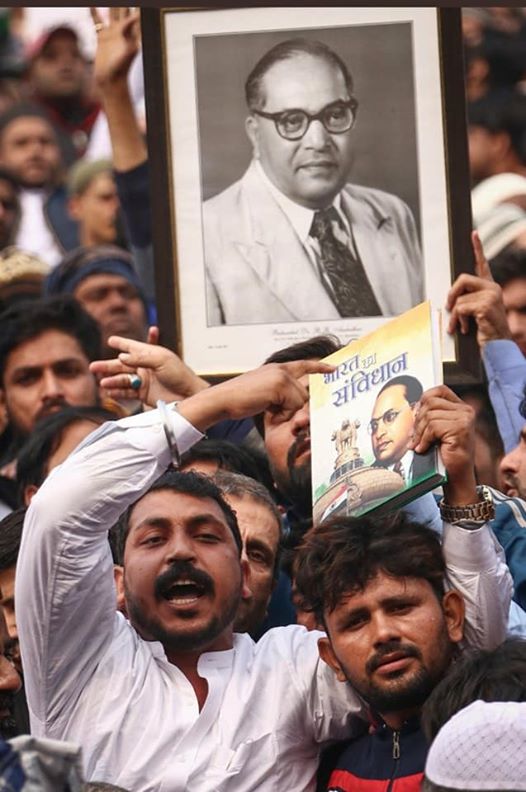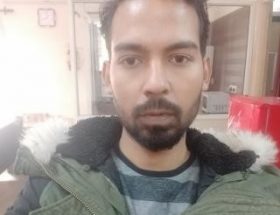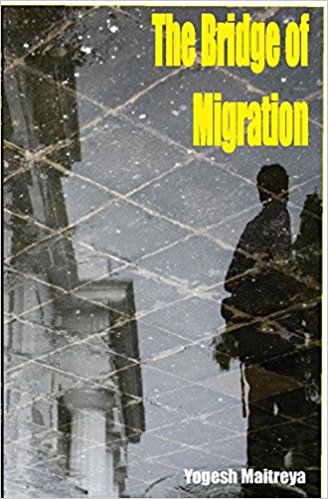Chanchal Kumar
I deliberated for some time on what I should call this essay. Would such titles as “The importance of being Chandrashekhar Azad Ravan”, or “Why we need someone like Chandrashekhar Azad Ravan” encapsulate all the things Chandrashekhar means to us? Do they reflect the magnetism of his persona? The expression “stillness in the middle of chaos” is not my coinage. Saul Bellow used these terms to describe art. He wrote, “I feel that art has something to do with the achievement of stillness in the midst of chaos. A stillness that characterizes prayer, too, and the eye of the storm. I think that art has something to do with an arrest of attention in the midst of distraction.” If we define art as a spring of affirmation, of reassurance, then Chandrashekhar’s presence around us is the cue.

I do not aim to approach this topic as a political commentator. Politics requires great acumen, and I’m not trained for it. My concerns are more abstract. I’m trying to situate the figure of Chandrashekhar in artistic imagination, if romantic. Would it be Hero-worship? Maybe. In my defense, we dalits can be excused for feeling a sense of attachment towards one of us. A person who speaks our language (in the wider sense of the term) and shares our vision. You see, dear reader, we are pretty emotional beings. And in this age and time where every day the national media thrusts a new savarna saviour on us, convinced that they will liberate us, I feel it’s justified to expect a tangible change in society from someone who has walked the same path as we have. I cannot engage in hyperbole because essentially, our world and the dreams we harbour, are modest.
I describe Chandrashekhar as “stillness” where the atmosphere is characterized by a wild frenzy. The reason being, he represents the most fundamental rights of us as human beings, the right to a life of self-respect as equal members of society. And this idea is baffling, often perceived as a threat by many. Chandrashekhar draws our attention to the things that matter, the issues we should be focusing on. He gets to the heart of the dispute and shows us where the rot is. His duty now, traditionally attributed to being the call of artists and philosophers, is to wrench the audience away from the irrelevant. Flannery O’Connor wrote, “The artist prays by creating”. Chandrashekhar has catalyzed so many hopes that it seems like we’re witnessing a Greek epic– where the protagonist, magnificent and grand, is creating history as we speak. He has, however, refused the choice to either kill or die. Adrienne Rich calls this act Poetry.
~~~
Chanchal Kumar is a Research Scholar at Delhi University.
Picture courtesy: the internet.










